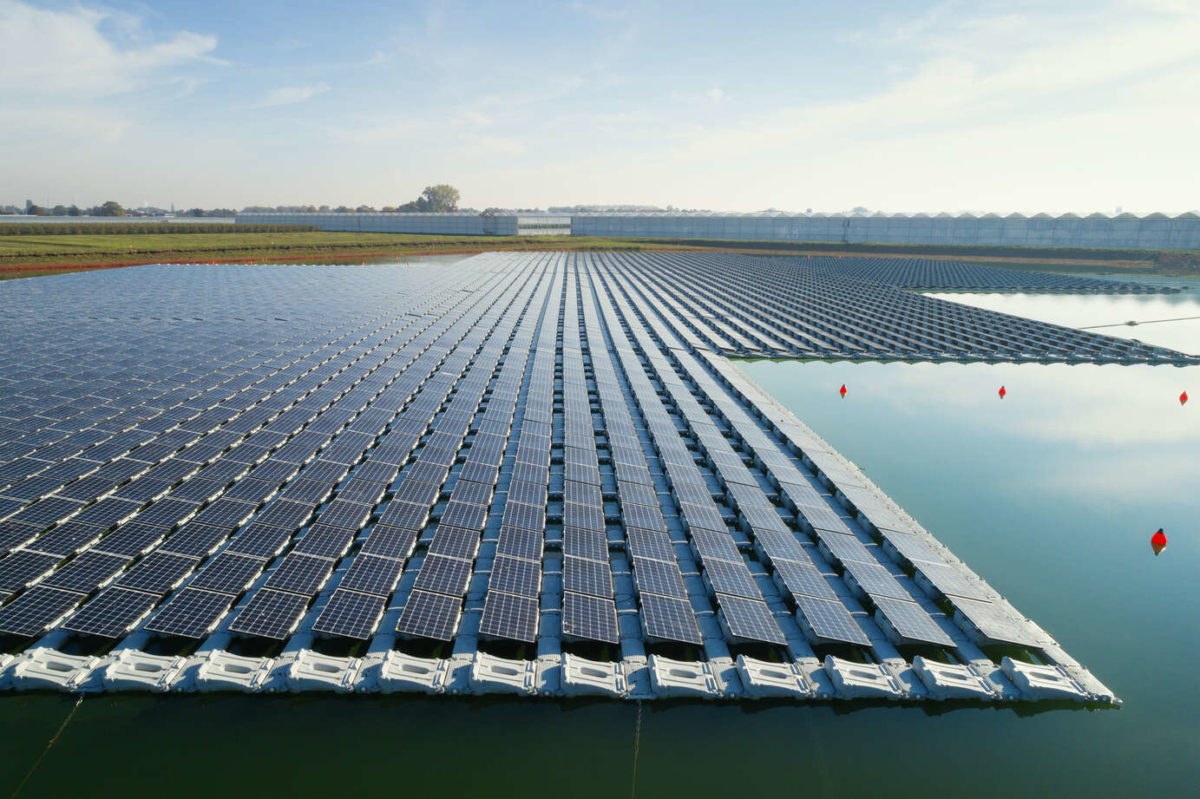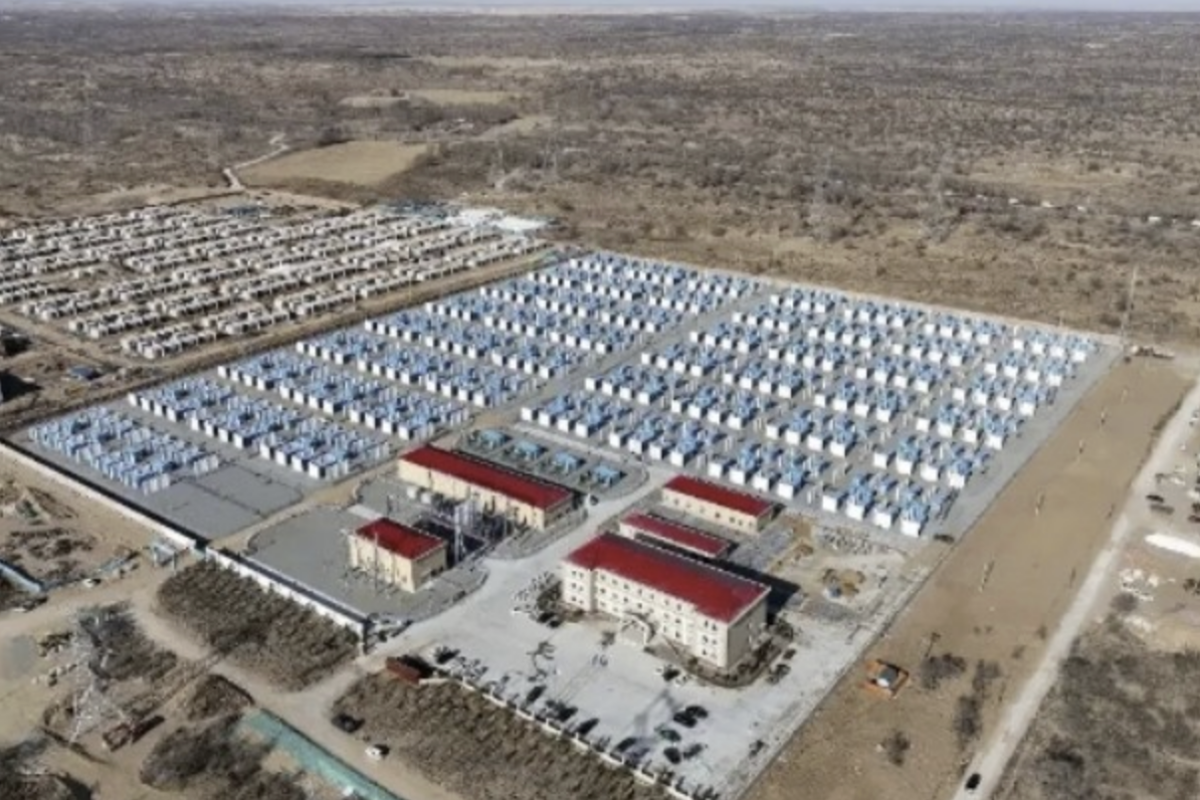From pv magazine Brazil
Researchers at the Federal University of Rio de Janeiro have developed a mathematical model to calculate the potential for floating solar generation in Brazil, detailing results for each state.
The study only considers potential generation on artificial bodies of water, such as hydroelectric plants and dams, and on only 1% of their available area. The team used the National Water Agency database and QGIS software to filter the artificial water bodies, which total 174,526, excluding those on indigenous lands.
The model’s input variables are not only solar irradiance, but also temperature, including annual average air surface temperature, and annual average wind speed. “This paper differs from other studies that usually only consider solar resources, disregarding that the efficiency of photovoltaic modules is very susceptible to temperature,” the researchers said.
The modeled floating photovoltaic system uses modules from Brazilian module manufacturer Globo Brasil with a capacity of 320 W and an efficiency of 16.49%. The model assumes that each megawatt of floating solar covers approximately 10,512 square meters.
The results show that Brazil could generate 79.37 GWh of electricity from floating solar per year, equivalent to a potential installed capacity of 43.28 GW. Approximately 72% of this potential corresponds to hydroelectric plants, with a potential installed capacity of 31.5 GW and generation of 57.38 GWh per year.
This floating solar potential corresponds to almost the entire annual electricity generation of Brazil’s largest hydroelectric plant Itaipu, and 12.7% of all electricity generation in Brazil. It could provide electricity to 41 million Brazilian households, 56% of the total.
The Northeast region has the greatest potential, combining the best solar irradiance and the largest number of artificial water bodies, with 10.58 GW or 24.5% of the total. It is followed by the Southeast with 10.08 GW (23.3%), the North with 8.5 GW (19.7%), the Center with 8.2 GW (18.9%), and the South with 5.93 GW (13.7%).
The results for each state are as follows:
- Minas Gerais: 6 GW
- Bahia: 4.59 GW
- São Paulo: 3.87 GW
- Mato Grosso do Sul: 3.73 GW
- Pará: 3.23 GW
- Goiás: 3.16 GW
- Paraná: 2.82 GW
- Amazonas: 2.69 GW
- Rio Grande do Sul: 2.65 GW
- Ceará: 2.40 GW
- Tocantins: 1.214 GW
- Mato Grosso: 1.211 GW
- Rondônia: 1.18 GW
- Rio Grande do Norte: 816 MW
- Maranhão: 812 MW
- Paraíba: 666 MW
- Piauí: 623 MW
- Pernambuco: 516 MW
- Santa Catarina: 463 MW
- Rio de Janeiro: 141 MW
- Alagoas: 120 MW
- Amapá: 88 MW
- Espírito Santo: 68 MW
- Roraima: 63 MW
- Distrito Federal Brasília: 59 MW
- Sergipe: 32 MW
- Acre: 5 MW
“Covering only 1% of the surfaces of artificial bodies of water, it would be possible to supply 39% of the electricity consumption in the Center-West, 25% in the Northeast, 42% in the North, 8% in the Southeast, and 12% in the South. The state of Mato Grosso do Sul (MS) had all its consumption supplied and could still export the generated energy to another state,” the scientists concluded.
They presented their results in “Technical potential of floating photovoltaic systems on artificial water bodies in Brazil,” published in Renewable Energy.
This content is protected by copyright and may not be reused. If you want to cooperate with us and would like to reuse some of our content, please contact: editors@pv-magazine.com.



And add 50 -100% Gw when solar panels inevitably become 50 – 100% more efficient than they are now. 22% to 33% to 44%…